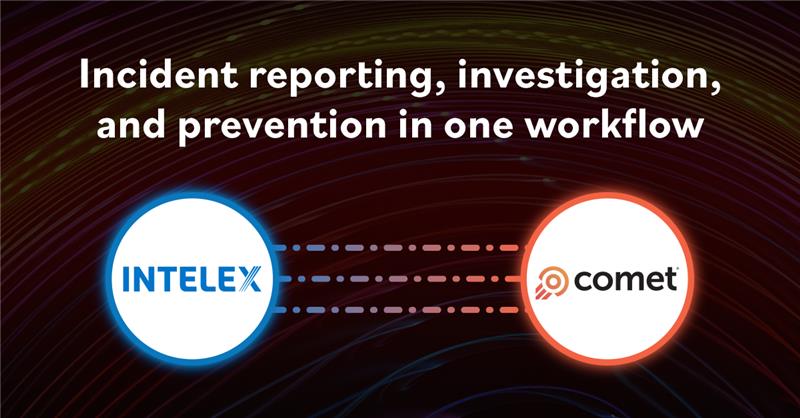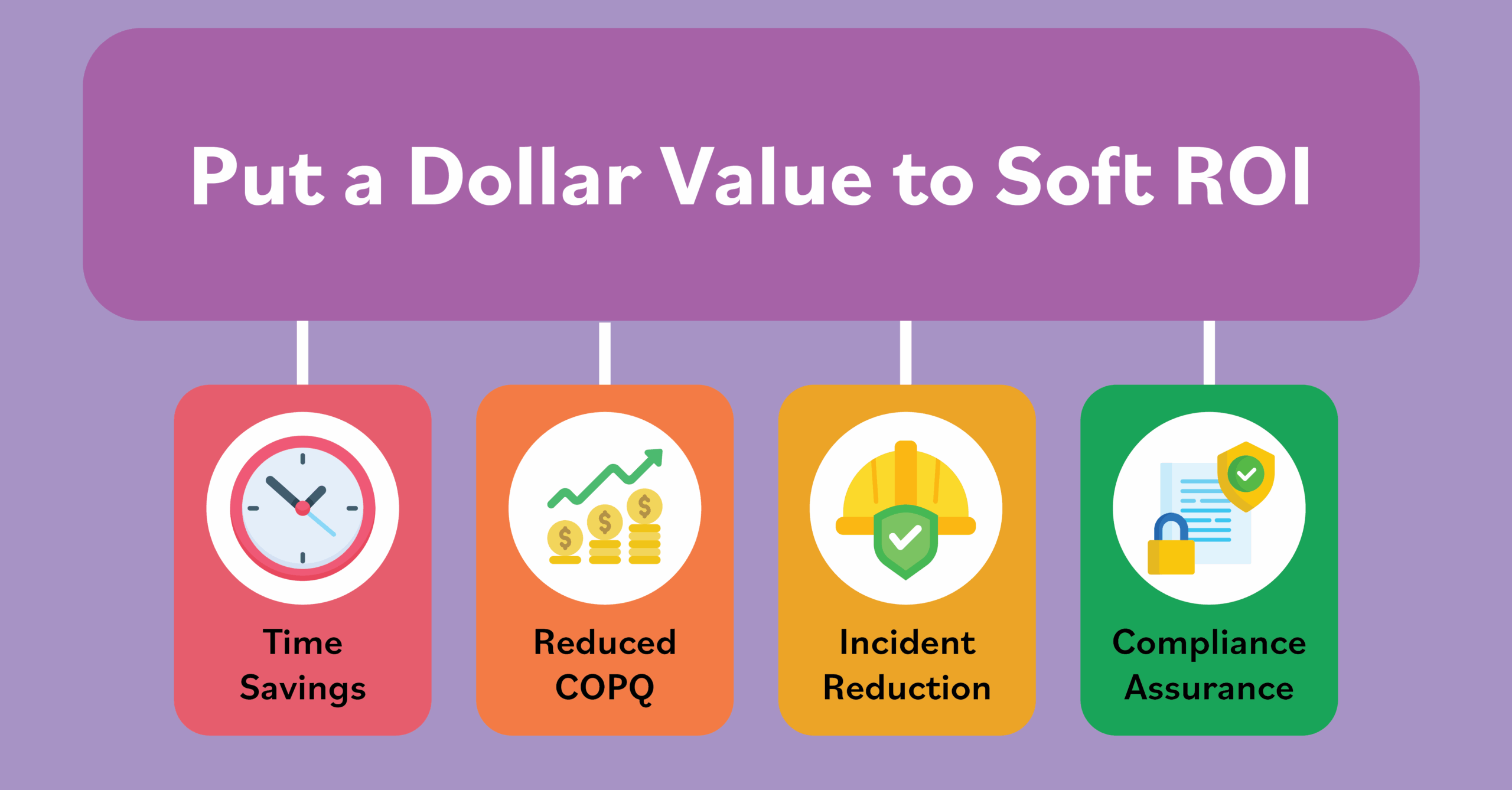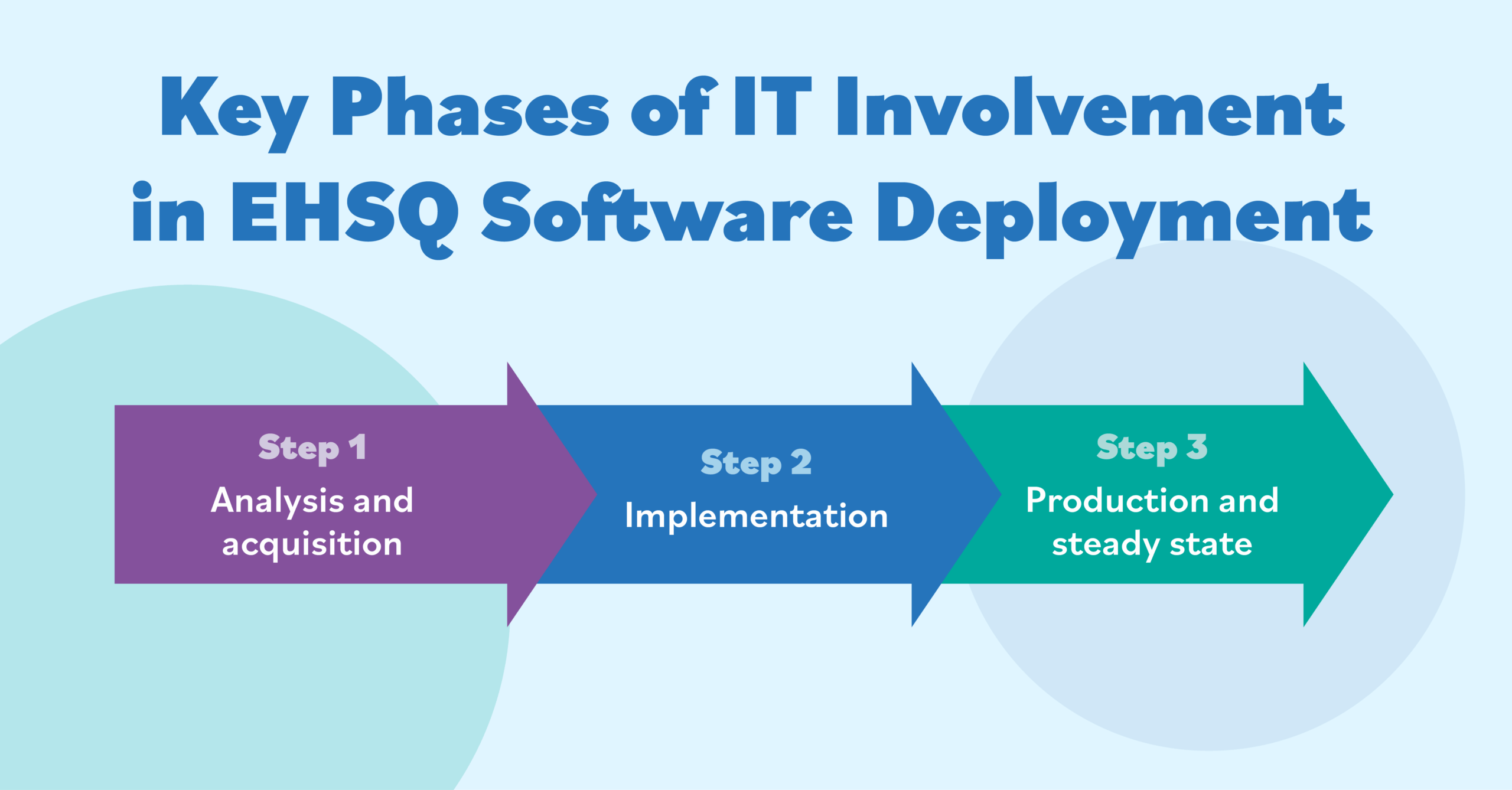CapEx versus OpEx: What’s the Best Way to Fund Your EHS Software Purchase?
January 20, 2021

Considering the wide range of EHS software solutions available today can make the buying journey complex. On top of that, gaining buy-in from internal stakeholders adds another layer of complexity. With cloud-based Software as a Service (SaaS) options, where licensing can be treated as an operating expense, organizations must now consider whether to categorize the purchase as a capital expenditure (CapEx) or an operating expenditure (OpEx).
Purchasing EHS software requires extensive research to ensure the best long-term decision, with budget considerations and payment structures being some of the most critical factors. Cloud and SaaS-based software solutions offer new financing models beyond perpetual licensing, adding flexibility in how organizations allocate budgets.
Understanding the differences between CapEx and OpEx—and how each impacts financial planning—can help organizations make an informed decision that supports their overall business strategy.
What are CapEx and OpEx Expenses?
Capital Expenditures (CapEx)
- Definition: Major investments in long-term assets, like property or equipment, reflected on the organization’s balance sheet.
- Payment: The total amount is paid upfront.
- Duration: Costs are depreciated over the asset’s lifespan (3–10 years).
- Listed as: Property or equipment.
- Tax Treatment: Deducted over time as the asset’s value depreciates.
Operating Expenditures (OpEx)
- Definition: Costs incurred in the regular course of business, reflected in profit and loss statements.
- Payment: Monthly or annually recurring fees.
- Duration: Paid in the current month or year.
- Listed as: An operating cost.
- Tax Treatment: Deducted in the current tax year.
Shifting capital expenses to operating expenses can be a clever way for organizations to stretch their budgets–at least from an accounting standpoint. This accounting flexibility is now an option for software purchases, with the introduction of SaaS-based tools.
CapEx vs. OpEx Comparison Table for EHS Software
| Capital Expenditure (CapEx) | Operating Expenditure (OpEx) | |
| Definition | Assets that purchased with a useful life beyond the current year | The ongoing costs of doing business |
| How it is Paid | The total amount is paid upfront | Monthly or annually recurring fees |
| The Duration of Time it is Paid Over | Over a three to ten lifespan (as the asset depreciates) | In the current month or year |
| The Software is Listed As | Property or equipment | An operating cost |
| Tax Treatment | Deducted over time as the asset depreciates in value | Deducted in the current tax year |
The Benefits of Allocating Software Purchases as OpEx Expenses
SaaS-based solutions and cloud technology have allowed organizations to shift software purchases to the OpEx expense category, offering several advantages:
- Flexibility and Budgeting: OpEx allows companies to avoid large upfront payments, stretching budgets more effectively over time.
- Rapid Upgrades: SaaS platforms often come with frequent updates and improvements, reducing the risk of technological obsolescence associated with large, one-time purchases.
- Tax Efficiency: Since OpEx expenses are deducted within the current tax year, companies may see tax benefits more immediately.
- Risk Reduction: Allocating software purchases as OpEx minimizes the risk of investing in rapidly outdated technology, aligning spending with the organization’s immediate operational needs.
Understanding the Role of EHS Software in the OpEx Model
Organizations in fast-paced environments often prefer OpEx for its flexibility and alignment with operational expenses. This model enables them to invest in software solutions like EHS software, which may need regular updates and improvements to keep pace with compliance and safety standards.
Shifting software purchases to OpEx allows companies to focus on day-to-day operational costs while benefiting from regular software updates and access to the latest tools without heavy upfront investment.
FAQ Section
Q: What’s the difference between CapEx and OpEx for software?
A: CapEx involves a significant upfront investment in long-term assets, depreciated over time, while OpEx includes ongoing operational costs deducted in the current tax year. This impacts cash flow, tax treatment and flexibility.
Q: How does OpEx benefit EHS software investments?
A: OpEx allows companies to align software costs with operational expenses, offering flexibility and quicker access to tax deductions. It’s ideal for software needs that require frequent updates, like EHS software, where regulations and compliance requirements often change. This ensures organizations can stay current with industry standards and benefit from ongoing enhancements without a significant upfront investment.
Q: Can SaaS be categorized as CapEx?
A: Generally, SaaS is treated as OpEx due to recurring fees. However, some organizations may have policies allowing CapEx treatment for multi-year commitments, depending on accounting practices.
Conclusion
Choosing between CapEx and OpEx for EHS software purchases is a crucial decision that impacts budgeting, cash flow, and tax planning. By understanding each option’s benefits, organizations can make informed decisions that support their long-term financial strategy while enabling flexibility in today’s rapidly evolving software landscape.
For more insights into software procurement strategies, download our free Insight Report, The Top 10 Reasons Why You Should Purchase EHSQ Software Right Now, to help guide your next software investment decision.






